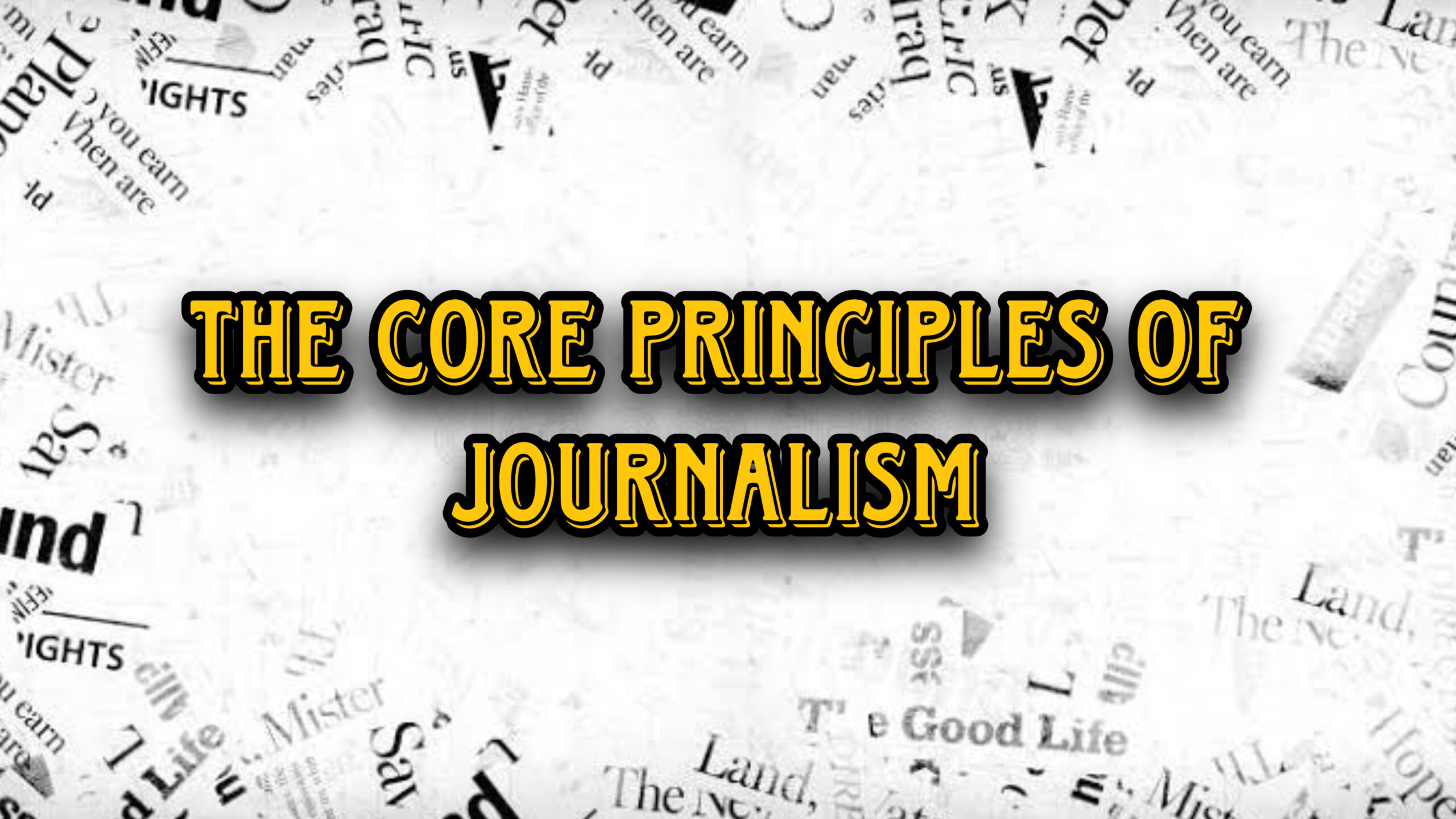
As the political landscape becomes increasingly complex and interconnected, UK ministers are seeking innovative methods to anticipate how policies will be received by Members of Parliament (MPs) and the public. One promising solution is the use of artificial intelligence (AI) tools to conduct a “vibe check” — a term coined to describe the process of gauging the emotional or intellectual reaction to a proposed policy. By leveraging AI to predict MPs’ responses to new initiatives, ministers can refine their approach, adjust messaging, and improve the chances of a policy being accepted.
AI, with its vast capabilities in processing data, understanding sentiment, and creating highly tailored content, offers politicians valuable insights that were previously hard to obtain. From generating engaging visuals to assessing how language resonates with different audiences, these tools empower ministers to strategize effectively and ensure their policies align with the preferences of MPs. Below, we’ll explore several AI tools that could revolutionize the way UK ministers predict political reception and ultimately influence policy success.
I. Introduction
The world of politics has always been about persuasion — convincing stakeholders, the public, and lawmakers that a proposed policy is in their best interest. With the advent of AI, political strategy has evolved, offering new ways to anticipate reactions, test ideas, and adjust accordingly. The concept of a “vibe check” emerges from the realization that political reception is often influenced by emotions, perceptions, and non-verbal cues, which AI can now help measure.
This article explores five powerful AI tools that UK ministers can use to understand MPs’ likely responses to policies. These tools range from image generators to data analytics platforms, each providing a unique advantage in gauging the political climate and crafting more successful policy proposals.
II. AI Tools for Analyzing Political Reception
1. Free AI Image Generator :
In the world of politics, perception is key. The way a policy is visually presented can drastically influence how it is received by both MPs and the public. This is where free AI image generators come into play. These tools allow ministers and their teams to quickly generate images based on textual input, enabling them to create visual content like infographics, concept visuals, or mockups that represent policy ideas.
• Definition and Application: Free AI image generators work by analyzing a given text and transforming it into a corresponding image. These tools are often open-source and require little to no financial investment. They can be used to generate a variety of visuals that represent the key ideas of a proposed policy. For instance, a policy about climate change might be visually represented as a series of images depicting green technologies or the impact of climate action.
• Impact: AI-generated images provide an easy way for ministers to gauge how their policies are visually perceived. By sharing these visuals with MPs or the public, ministers can receive immediate feedback about how well the visual elements align with the message of the policy. If the visual representation of a policy feels too “heavy-handed” or confusing, AI tools allow for rapid iteration and improvement.
In addition, visuals are often more emotionally impactful than written text alone. By testing different visual strategies, ministers can determine which approach resonates best with MPs or the electorate before fully launching a policy.
2. AI Image Creator :
While free AI image generators are useful for basic tasks, AI image creators go a step further, providing more advanced features for professional-quality visuals. These tools allow users to generate highly detailed, polished images that can be used in formal presentations, campaigns, or policy briefings.
• Definition and Application: Unlike free image generators, AI image creators allow for greater customization and refinement. They are often powered by deep learning algorithms that can create lifelike images or finely tuned graphical representations of complex ideas. For example, an AI image creator might be used to design a campaign poster promoting a new social welfare policy, incorporating images of diverse families and relevant statistics in an engaging way.
• Impact: The more polished and high-quality visuals generated through AI image creators can help shape the tone of a policy presentation. If a policy is being introduced with a particular focus on inclusivity, creating imagery that reflects diverse communities can help strengthen its appeal. Ministers can test these visuals to see whether MPs or the public find them persuasive and positive. By making small adjustments based on feedback, ministers can optimize the visual language of their policy.
Moreover, the polished nature of these images can elevate the professionalism and credibility of the policy being introduced, which is crucial when trying to gain support from influential MPs.
3. AI Sentence Generator :
In addition to visuals, the language used to communicate policies can heavily influence their reception. AI sentence generators are tools that help refine written communication, generating clear, persuasive, and engaging language tailored to specific audiences.
• Definition and Application: AI sentence generators work by analyzing input text (such as policy briefs or speeches) and suggesting improvements or offering entirely new content. These tools can generate content in various tones, adjusting their output based on the desired style — from formal and authoritative to casual and conversational.
For example, a sentence generator could help craft a message around a controversial policy, such as welfare reform, to ensure the language is empathetic and avoids potential backlash. Similarly, it can assist in drafting more compelling speeches or public statements to MPs, ensuring the tone is receptive to their concerns and preferences.
• Impact: By testing different phrasings and styles, ministers can identify which language is most likely to resonate with MPs. In a competitive political environment, the ability to craft precise, persuasive language is essential. AI sentence generators allow ministers to quickly adapt and refine their messaging to address the diverse viewpoints and emotional responses of MPs.
4. AI Text Detector :
Once content has been generated, it is essential to analyze how it will be interpreted. AI text detectors are tools designed to analyze sentiment, tone, and potential biases in written text. By evaluating the emotional response elicited by specific words or phrases, AI text detectors can provide insight into how MPs may react to a proposed policy.
• Definition and Application: These AI tools scan the text for emotional cues, detecting whether the tone is positive, negative, or neutral. They also identify specific words or phrases that could provoke strong reactions. For example, using terms like “cuts” or “reform” in a policy document may trigger a more negative reaction from MPs, especially those who are sensitive to social welfare issues. AI text detectors can flag such language, allowing ministers to make adjustments.
• Impact: AI text detectors are vital for fine-tuning the language of policy proposals. They allow ministers to avoid unintended negativity or controversy by ensuring that the language used is appropriate for the target audience — in this case, MPs. Moreover, by optimizing the tone of a policy document, ministers can increase the likelihood of it being perceived positively and reduce the risk of negative reactions or opposition.
5. AI and Data Analytics :
The most powerful AI tool in predicting policy reception is AI and data analytics. These platforms use machine learning algorithms to process large datasets, identifying trends, public sentiment, and voting behaviors to predict how MPs might respond to a new policy.
• Definition and Application: AI and data analytics tools collect and analyze data from various sources, including voting records, surveys, and social media, to identify patterns in political behavior. For example, by examining MPs’ past voting behaviors and public statements, AI can help predict whether they are likely to support or oppose a policy. Additionally, data analytics can assess public sentiment on particular issues, helping ministers understand how a policy might be received by the electorate.
• Impact: By combining vast amounts of data, AI and data analytics provide invaluable insights into political dynamics. Ministers can use these insights to adjust their policies, focus on key issues, or even predict opposition from MPs before a policy is formally introduced. With this data-driven approach, ministers can improve their chances of achieving parliamentary support and mitigate potential challenges in the legislative process.
III. Benefits of AI in Political Strategy
AI tools offer several key benefits when it comes to political strategy:
1.Faster Feedback Loops: Ministers can quickly test ideas, images, language, and data, refining policies in real-time.
2.Improved Understanding of Political Dynamics: AI provides a clearer picture of MPs’ preferences and likely reactions, reducing the guesswork involved in policy development.
3.More Effective Communication: AI helps create optimized visuals and messaging that resonate with MPs and the public, enhancing political persuasion.
IV. Conclusion
The growing role of AI in politics offers immense potential for UK ministers looking to navigate the complex landscape of policy reception. By utilizing tools such as AI image generators, sentence creators, text detectors, and data analytics, ministers can fine-tune their policies, ensuring they resonate with MPs and increase the likelihood of success. The ability to conduct a “vibe check” on policies before they are introduced is a game-changer, offering ministers the opportunity to anticipate reactions, reduce political risk, and ultimately improve the effectiveness of their legislative agendas.
As AI continues to evolve, its role in politics will only expand, helping policymakers craft more targeted, data-driven policies that are aligned with the interests and concerns of their parliamentary colleagues and the public.
This article provides a comprehensive view of how AI tools can assist UK ministers in gauging MPs’ reactions to policies and optimizing their political strategy.




